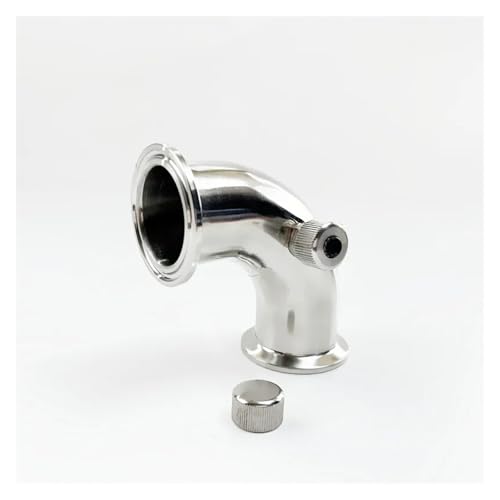ThreeSheets
Active Member
- Joined
- Sep 29, 2012
- Messages
- 67
- Reaction score
- 15
Hello all,
Just wondering if anybody has seen or plotted a graph of specific gravity over time during primary fermentation before.
Quite interested to see if it directly relates to the exponential growth of yeast and co2 expulsion etc. I'd also be interested to know how it varies between beers, ciders and wines of different predicted ABV.
Cheers!
Just wondering if anybody has seen or plotted a graph of specific gravity over time during primary fermentation before.
Quite interested to see if it directly relates to the exponential growth of yeast and co2 expulsion etc. I'd also be interested to know how it varies between beers, ciders and wines of different predicted ABV.
Cheers!
































![BREWING THERMOMETER STICKERS ACCURATELY MONITOR FERMENTING BEER & WINE LIQUID TEMPERATURES 5PCS HOME BREW SPIRITS WINE LCD ADHESIVE [US]](https://m.media-amazon.com/images/I/311DDjo2X3L._SL500_.jpg)






